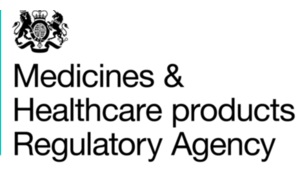Appendix 2 of the current guideline explains in detail the rationale behind the recommendation of a sample being no more than 72 hours old at the time of transfusion, up to 3 months post-transfusion. It is not possible to predict when antibodies might appear following transfusion, so this offers a solution that balances risk against achievability. There is no risk in processing a new unsolicited sample when you have issued blood against a previous sample that is still valid. Of course if you detect antibodies in this new sample, then you would want to recall the issued units. On the other hand, unnecessary re-bleeding is a problem for patients and increases costs, so reporting samples as duplicates might help to improve clinical practice. But not having a new G&S sample tested in a timely fashion for patients needing further transfusions can cause delays in their treatment.
So either of solutions 1. or 2. are valid, you might just want to define in your SOP at what point in time before expiry of your "current" sample, you would dismiss a new sample as a duplicate, or process it to ensure continuity of transfusion support. It's also an interesting point of Barbara's regarding the LIMS reporting only the most recent sample blood tracking rather than the most recent one that is suitable for electronic issue - I guess it depends on the LIMS but worth considering.



 Reply With Quote
Reply With Quote
